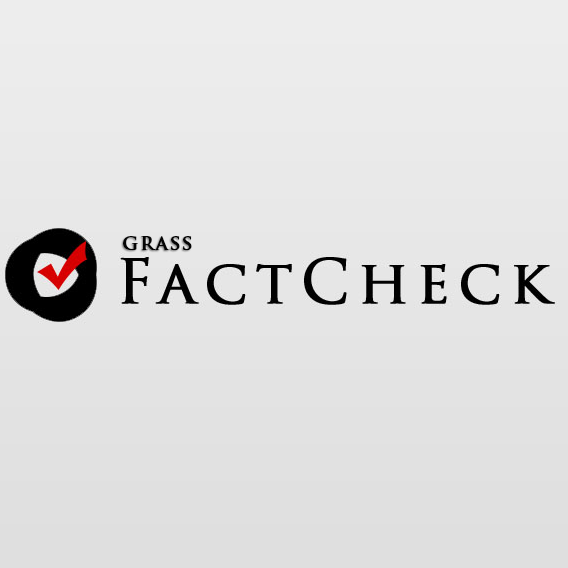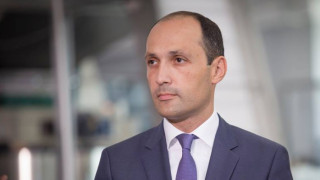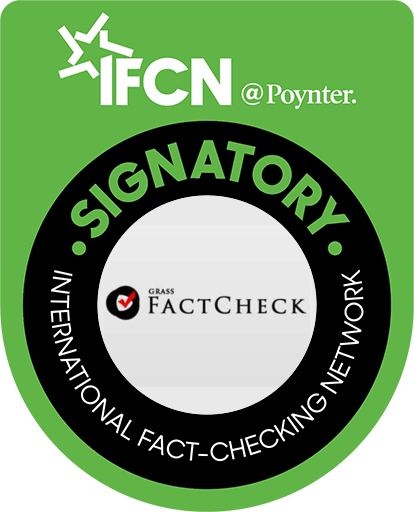Levan Davitashvili: “Both exports to and foreign direct investment from Kazakhstan have increased, positioning it as one of the key sources of investment in Georgia.”
Verdict: FactCheck concludes that Levan Davitashvili’s statement is MOSTLY FALSE.
Exports to Kazakhstan grew by 22% in 2024 as compared to 2023, rising from USD 703 million to USD 860 million. This rise included an increase in domestic exports from USD 69 million to USD 78 million and an increase in re-exports from USD 635 million to USD 782 million. Additionally, when looking at a longer-term comparison, domestic exports grew by 70% whilst re-exports saw a 3,500% increase from 2019 to 2024. The rise in re-exports was driven by one product – passenger cars, which accounted for USD 751 million of the USD 782 million in re-exports in 2024.
Whilst imports from Kazakhstan increased by 88% in 2024, reaching USD 62 million, its share of Georgia’s total imports remained below 0.4%.
Data for only the first three quarters of 2024 are available in terms of foreign direct investment, showing a 20% decline in investments from Kazakhstan, from USD 36 million in January-September 2023 to USD 29 million in the same period in 2024. Whilst data for the fourth quarter may alter the aforementioned trend, the fact remains that Kazakhstan has never been a major investor in Georgia (with the exception of the acquisition of Tbilgazi – KazTransGas-Tbilisi since 2006, Tbilisi Energy since 2019 – by a Kazakh company in 2006). Kazakhstan’s share in foreign direct investment (FDI) amounted to 0.7% and took 25th place in 2013-2023.
Considering the lack of precise data and specifics in the claims regarding foreign trade, the absence of sources or the spread of misleading information in the investment section, as well as factual inaccuracies, FactCheck concludes that Levan Davitashvili’s statement is MOSTLY FALSE.
Analysis
Whilst assessing economic relations with Kazakhstan, Georgian Dream representative Levan Davitashvili stated: “The trade turnover between the two countries (Georgia and Kazakhstan) amounted to USD 922 million in 2024. Exports and re-exports from Georgia are growing, so relations with Kazakhstan are also very important for us in this regard. Kazakhstan is also one of the significant sources of investment in our country, as foreign direct investments from Kazakhstan increased in 2024.”
Exports from Georgia to Kazakhstan grew 13-fold between 2019 and 2024, primarily driven by re-exports, which surged 36-fold, from USD 22 million to USD 782 million. Domestic exports saw an increase of 1.7 times, rising from USD 45 million to USD 78 million.
Graph 1: Exports to Kazakhstan (USD Million)
Source: National Statistics Office of Georgia
Re-exports accounted for an average of 30% of Georgia’s exports to Kazakhstan from 2019 to 2021; however, this share reached 84% in 2022-2024. The surge in re-exports was driven mainly by light vehicles. Passenger cars comprised 96% of the USD 782 million in total re-exports – equivalent to USD 751 million – in 2024. Furthermore, exports of commodities such as refrigerators, trucks, tobacco products and bulldozers each exceeded USD 1 million. Mineral water ranked first at USD 30 million for domestic exports, followed by aerated waters at USD 17 million and wine at USD 10 million.
Imports from Kazakhstan showed minimal growth until 2024, increasing from USD 29 million in 2019 to USD 32 million in 2023. However, whilst imports from Kazakhstan nearly doubled in 2024, exceeding USD 62 million, its share remained below 0.4%. Petroleum products lead the imports from Kazakhstan to Georgia, totalling USD 11 million, rail products placed second at USD 5 million, whilst hair care products ranked third with USD 4 million.
Graph 2: Imports from Kazakhstan (USD Million)
Source: National Statistics Office of Georgia
Both domestic exports and imports have exhibited some growth over the past six years. However, the main driver of trade turnover has been the rise in re-exports, particularly passenger cars. This heavy reliance on a single commodity poses several risks.
The second part of Levan Davitashvili’s statement addressed investments where he claimed that investment from Kazakhstan grew in 2024. Official data on FDI are available only for the first three quarters of 2024 as of 6 February 2025. FDI from Kazakhstan to Georgia amounted to USD 29 million in the aforementioned period, indicating a 20% decline as compared to the same period in 2023.
Investment from Kazakhstan almost disappeared in the fourth quarter of 2023 (only USD 115,000 was recorded). The data for the fourth quarter of 2024 will be released in March 2025. Whilst it is realistic to assume that over USD 7 million in FDI could have been received from Kazakhstan in October-December 2024, this cannot be definitively proven or disproven without official data.
Graph 3: Foreign Direct Investment from Kazakhstan (USD Million)
Source: National Statistics Office of Georgia
Overall, investments from Kazakhstan have never been particularly significant. Kazakhstan’s share in Georgia’s total FDI remained around 1% from 2005 to 2023, with one exception – 2006, when it exceeded 13%. This one-time spike was driven by the acquisition of Tbilgazi (KazTransGas-Tbilisi since 2006, Tbilisi Energy since 2019) by a Kazakh company in 2006.
Graph 4: Foreign Direct Investment from Kazakhstan (USD Million)
Source: National Statistics Office of Georgia
Total FDI to Georgia amounted to USD 17.9 billion between 2013 and October 2024 under the Georgian Dream’s governance. Kazakhstan’s share was only 0.7% out of the aforementioned figure, totalling USD 122 million. Kazakhstan ranked 25th amongst investment sources for Georgia during this entire period. Thus, given its low absolute value and relative share, Kazakhstan cannot be considered a significant source of foreign investment, let alone one of the key investors in Georgia.
In conclusion, whilst foreign trade turnover between Georgia and Kazakhstan has indeed grown in recent years, this rise has been primarily driven by the re-export of passenger cars.
Regarding FDI, the data from the first three quarters of 2024 indicate a decline. Furthermore, Kazakhstan will not become one of the most important long-term investors with a share of just 0.7% in total FDI and a ranking of 25th, even if the fourth-quarter data adjust the overall picture.
Considering the lack of precise data and specifics in the claims regarding foreign trade, the absence of sources or the spread of misleading information in the investment section, as well as factual inaccuracies (claim: “Kazakhstan is also one of the significant sources of investment in our country”), FactCheck concludes that Levan Davitashvili’s statement is MOSTLY FALSE.








